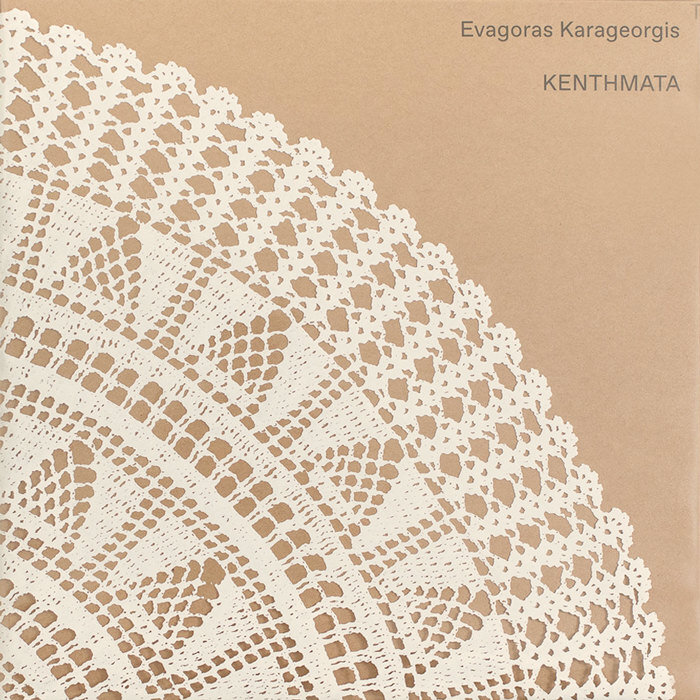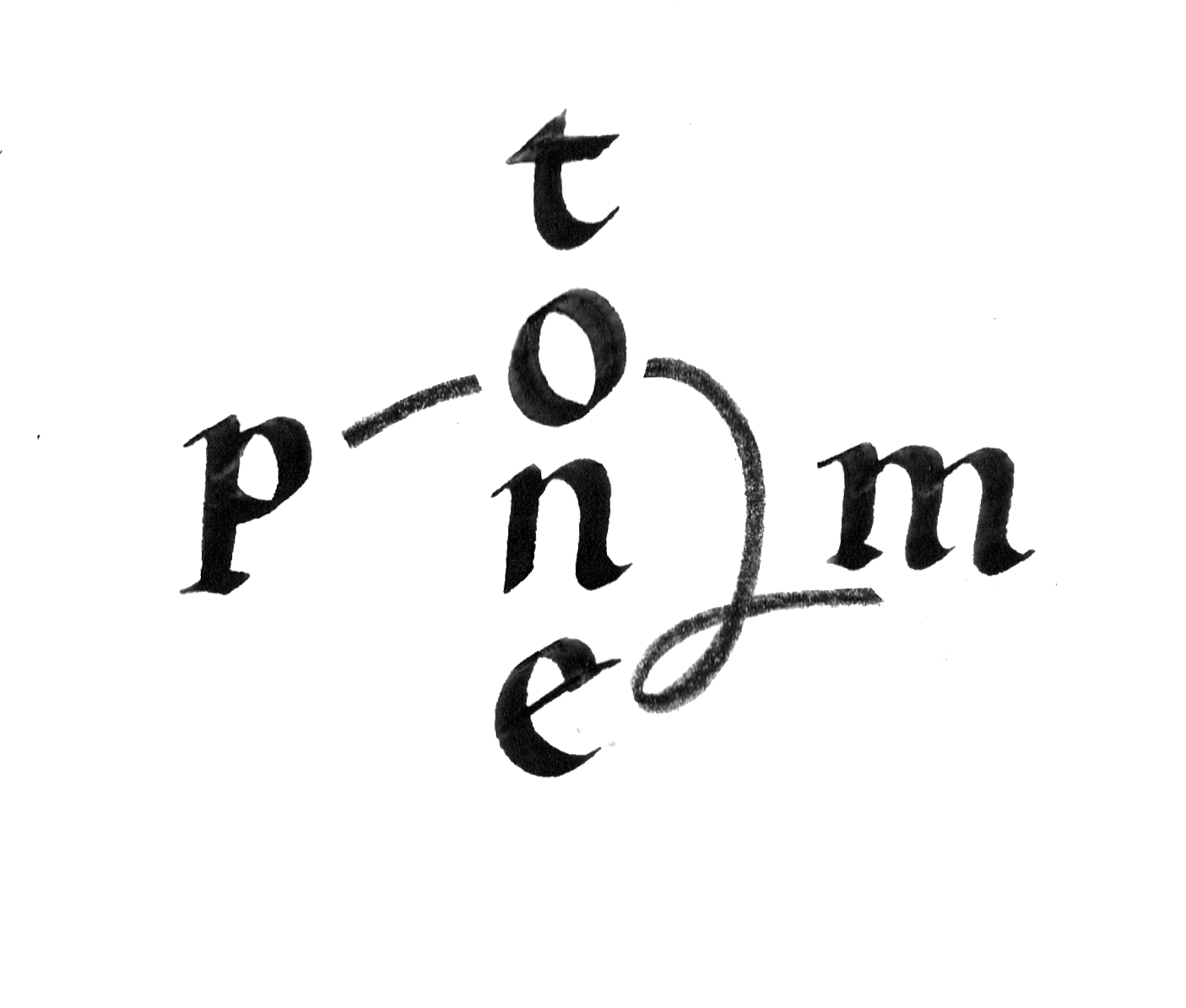 Image 1 of
Image 1 of


Evagoras Karageorgis - KENTHMATA LP
Unapologetically minimalist, KENTHMATA by Evagoras Karageorgis makes extensive use of the looping techniques that Karageorgis first encountered in New York — much like the ones in the works of Steve Reich and Philip Glass — while remaining deeply rooted in the Mediterranean colorspace of his birthplace of Cyprus. For example, in the 7/8 signature of Hellispontos with its ecstatic rhythm, Karageorgis recalls being inspired by a Pontian dancer for whom he used to perform with a band in Astoria, Queens, one of the major landing points of the post-war Greek diaspora. In juxtaposition, Moiroloyia (the title means ‘lament’ in Greek), which is inspired by a Cypriot folk song, tells the story of a mother that mourns the loss of her son who perished abroad and never returned home.
From the perspective of Cyprus, to say that KENTHMATA was ahead of its time would be an understatement. The instruments used — at times rudimental digital presets and signature sounds from the heydays of FM Synthesis and sampling — have to say much more than what initially meets the ear. Perhaps the beginning of Cypriot electronic music could have only taken shape in the way KENTHMATA did: somewhere abroad, in a studio that carried the technology for composing in isolation, leading to mechanical repetition and by reinterpreting the tropes of traditional Greek dance and Cypriot folk songs while dreaming about home.
As Karageorgis himself recounts, the repetitive technique and melodies of KENTHMATA reminded him of his mother’s embroideries. It comes as no surprise, then, that Karageorgis’ title of choice for the album alludes to the repetitive, pointillist moves that a work of embroidery is made of. One only needs to step back to see and appreciate the bigger picture that KENTHMATA is.
Unapologetically minimalist, KENTHMATA by Evagoras Karageorgis makes extensive use of the looping techniques that Karageorgis first encountered in New York — much like the ones in the works of Steve Reich and Philip Glass — while remaining deeply rooted in the Mediterranean colorspace of his birthplace of Cyprus. For example, in the 7/8 signature of Hellispontos with its ecstatic rhythm, Karageorgis recalls being inspired by a Pontian dancer for whom he used to perform with a band in Astoria, Queens, one of the major landing points of the post-war Greek diaspora. In juxtaposition, Moiroloyia (the title means ‘lament’ in Greek), which is inspired by a Cypriot folk song, tells the story of a mother that mourns the loss of her son who perished abroad and never returned home.
From the perspective of Cyprus, to say that KENTHMATA was ahead of its time would be an understatement. The instruments used — at times rudimental digital presets and signature sounds from the heydays of FM Synthesis and sampling — have to say much more than what initially meets the ear. Perhaps the beginning of Cypriot electronic music could have only taken shape in the way KENTHMATA did: somewhere abroad, in a studio that carried the technology for composing in isolation, leading to mechanical repetition and by reinterpreting the tropes of traditional Greek dance and Cypriot folk songs while dreaming about home.
As Karageorgis himself recounts, the repetitive technique and melodies of KENTHMATA reminded him of his mother’s embroideries. It comes as no surprise, then, that Karageorgis’ title of choice for the album alludes to the repetitive, pointillist moves that a work of embroidery is made of. One only needs to step back to see and appreciate the bigger picture that KENTHMATA is.
Unapologetically minimalist, KENTHMATA by Evagoras Karageorgis makes extensive use of the looping techniques that Karageorgis first encountered in New York — much like the ones in the works of Steve Reich and Philip Glass — while remaining deeply rooted in the Mediterranean colorspace of his birthplace of Cyprus. For example, in the 7/8 signature of Hellispontos with its ecstatic rhythm, Karageorgis recalls being inspired by a Pontian dancer for whom he used to perform with a band in Astoria, Queens, one of the major landing points of the post-war Greek diaspora. In juxtaposition, Moiroloyia (the title means ‘lament’ in Greek), which is inspired by a Cypriot folk song, tells the story of a mother that mourns the loss of her son who perished abroad and never returned home.
From the perspective of Cyprus, to say that KENTHMATA was ahead of its time would be an understatement. The instruments used — at times rudimental digital presets and signature sounds from the heydays of FM Synthesis and sampling — have to say much more than what initially meets the ear. Perhaps the beginning of Cypriot electronic music could have only taken shape in the way KENTHMATA did: somewhere abroad, in a studio that carried the technology for composing in isolation, leading to mechanical repetition and by reinterpreting the tropes of traditional Greek dance and Cypriot folk songs while dreaming about home.
As Karageorgis himself recounts, the repetitive technique and melodies of KENTHMATA reminded him of his mother’s embroideries. It comes as no surprise, then, that Karageorgis’ title of choice for the album alludes to the repetitive, pointillist moves that a work of embroidery is made of. One only needs to step back to see and appreciate the bigger picture that KENTHMATA is.
